15 Fish You Should Avoid Eating—And Why
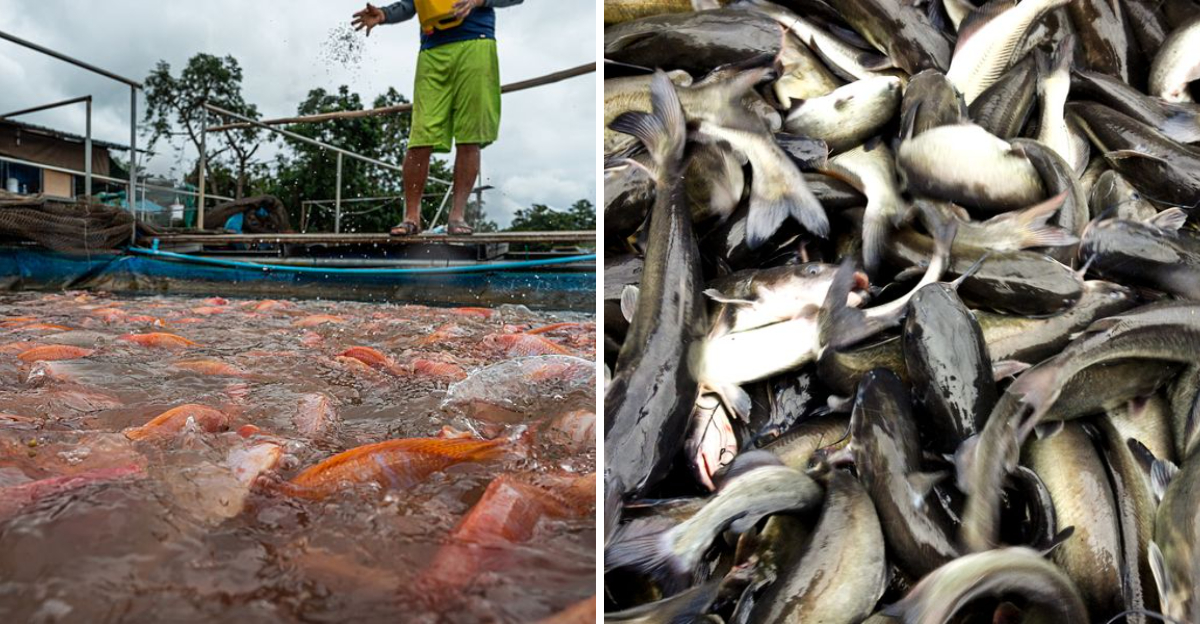
Fish can be one of the healthiest proteins on your plate—but not all fish are created equal. Some are packed with toxins, overfished to the brink, or raised in farms with questionable practices. If you’re trying to eat smart for your body and the planet, these are the species worth avoiding.
1. Tilapia (Farm-Raised)

Farm-raised tilapia, with its mild flavor and budget-friendly price, seems like a harmless choice at first. However, the reality behind its farming practices tells a different story. These fish are often crowded into unsanitary tanks, leading to a higher risk of disease.
To combat this, farmers may resort to antibiotics, which can end up on your plate. Moreover, tilapia contains more omega-6 fatty acids than omega-3s, which can contribute to inflammation in the body. When choosing tilapia, ensure it’s from a reputable source to minimize these risks.
2. Atlantic Salmon (Farm-Raised)
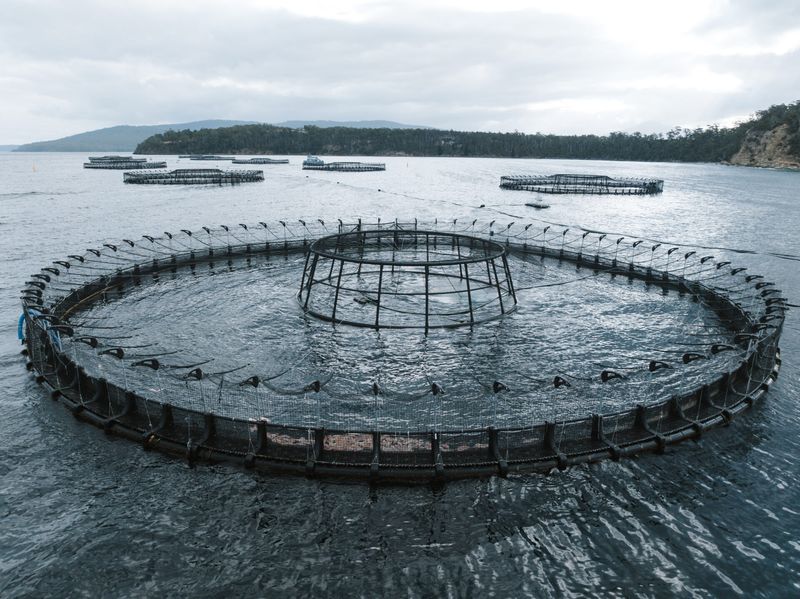
Atlantic salmon is a staple in many diets, celebrated for its rich flavor and healthy fats. Yet, the farm-raised variety presents several concerns. Much of this salmon is raised in crowded aquaculture pens, where antibiotics and artificial dyes are commonly used.
These practices can result in contamination with PCBs and other harmful substances. Opting for wild-caught Pacific salmon can be a healthier and more sustainable choice. The difference in diet and environment makes wild salmon a safer option for both consumers and the planet.
3. Orange Roughy

Orange roughy, with its delicate flavor, is a favorite for many seafood lovers. However, this deep-sea dweller is a slow grower, living up to 150 years. Over that time, it accumulates high levels of mercury, making it a risky choice for frequent consumption.
Additionally, the species faces significant overfishing pressures, as its reproductive cycle cannot keep up with demand. The sustainability of orange roughy is concerning, and alternatives should be considered to protect this unique fish.
4. King Mackerel
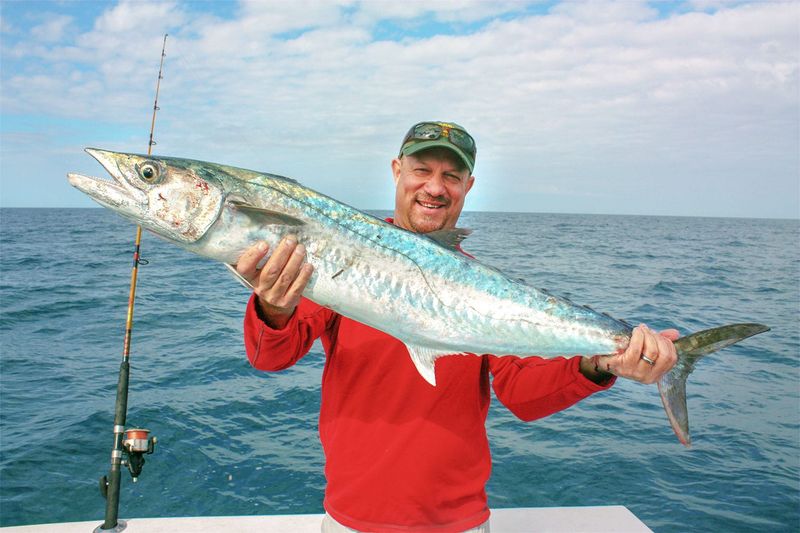
King mackerel, known for its bold taste and sporty fight, is a popular choice amongst anglers. However, it is also notorious for its high mercury content, posing a particular risk to pregnant women and young children.
Consuming this fish regularly can lead to mercury accumulation in the body, which is especially harmful to developing nervous systems. For those who enjoy mackerel, choosing Spanish or Atlantic varieties can offer a safer alternative while still providing the same flavor without the health risks.
5. Swordfish
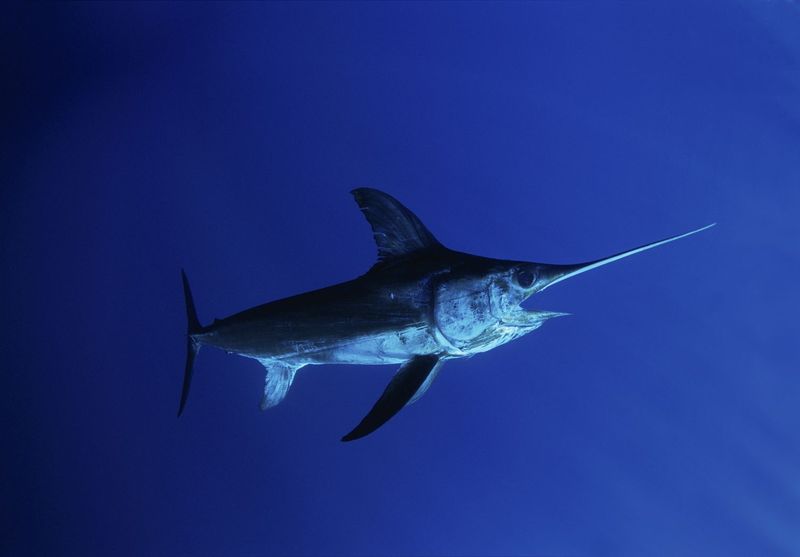
Swordfish, with its impressive size and firm flesh, stands out as a culinary delight. Yet, its high mercury levels make it a fish to consume sparingly. The accumulation of mercury can be detrimental to health, particularly affecting neurological development in children.
While swordfish offers a unique taste and texture, moderation is key to enjoying it safely. Exploring smaller fish, such as mahi-mahi or halibut, can provide similar culinary satisfaction with lesser health concerns, making them better options for regular meals.
6. Tilefish (Gulf of Mexico)

Tilefish from the Gulf of Mexico is a tempting choice for those seeking rich flavor. However, it is one of the worst offenders for mercury content, making it a risky indulgence. The high levels of mercury can pose severe health risks, particularly for vulnerable groups like pregnant women.
The environmental impact of tilefish fishing is also concerning, as it contributes to the depletion of marine resources. Choosing alternatives with lower mercury levels can help preserve health and marine ecosystems for future generations.
7. Bluefin Tuna
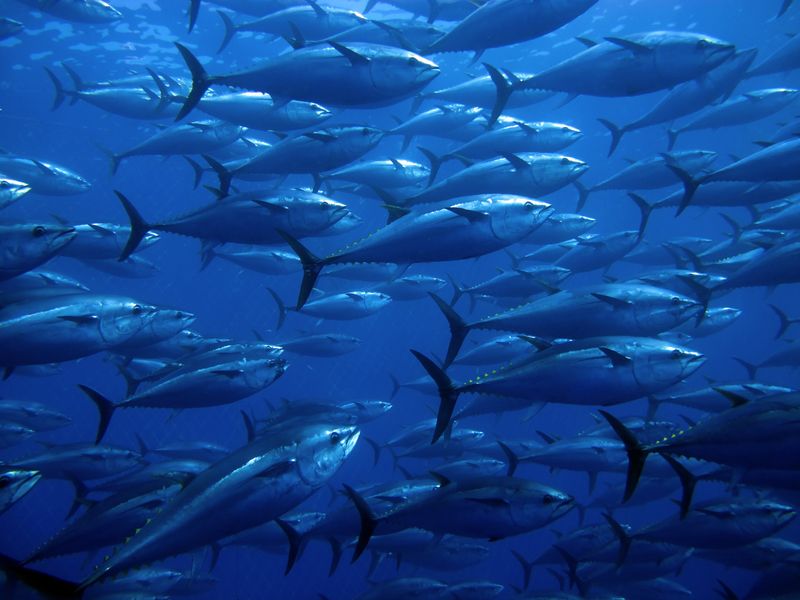
Bluefin tuna, sought after for sushi and sashimi, is a prized species in the culinary world. Its critically overfished status and high mercury content raise significant concerns.
The demand for this fish has led to a steep decline in populations, threatening its survival. Mercury accumulation in bluefin tuna makes it a risky choice for frequent consumption, particularly for pregnant women and children. Opting for sustainably sourced tuna varieties, such as skipjack or albacore, can support conservation efforts while providing a safer dining experience.
8. Imported Catfish (Especially from Vietnam)
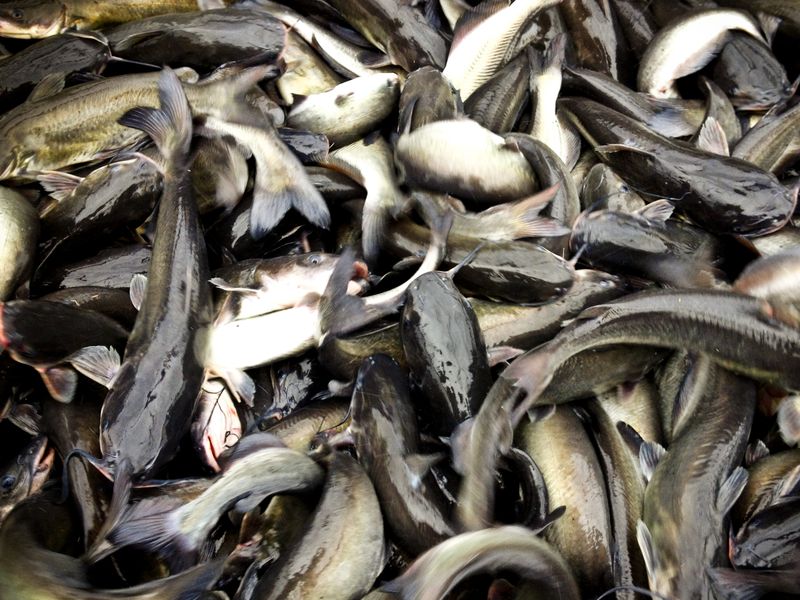
Imported catfish, especially from Vietnam, often appears as a budget-friendly option. However, it is commonly farmed in countries with fewer regulations, leading to concerns about water quality and farming practices.
These catfish may be exposed to antibiotics and pollutants that can end up on your plate. For those who enjoy catfish, sourcing it from reputable and local suppliers can ensure a safer and more sustainable choice. It’s essential to be mindful of where your catfish comes from to avoid potential health risks.
9. Chilean Sea Bass
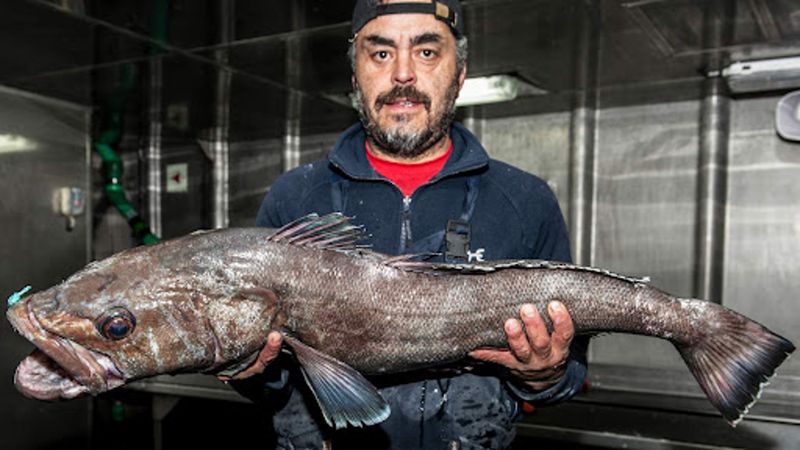
Chilean sea bass, known for its rich and buttery texture, is a favorite among seafood enthusiasts. However, its high mercury content and overfished status raise serious concerns.
The slow reproductive cycle of this fish means that it struggles to recover from overfishing. Choosing other white fish like cod or halibut can offer similar flavors with less environmental impact. Supporting sustainable seafood choices can help protect this species while still enjoying delicious meals.
10. Eel (Unagi)

Eel, or unagi in Japanese cuisine, is a delicacy cherished for its unique flavor. Unfortunately, global overfishing and polluted habitats make it a less-than-ideal choice. Raised in environments with potential toxins, eel can accumulate harmful substances.
The sustainability of eel is questionable, and its consumption may contribute to the decline of wild populations. Exploring other seafood options that are sustainably sourced can satisfy culinary cravings while supporting ecological balance.
11. Shark
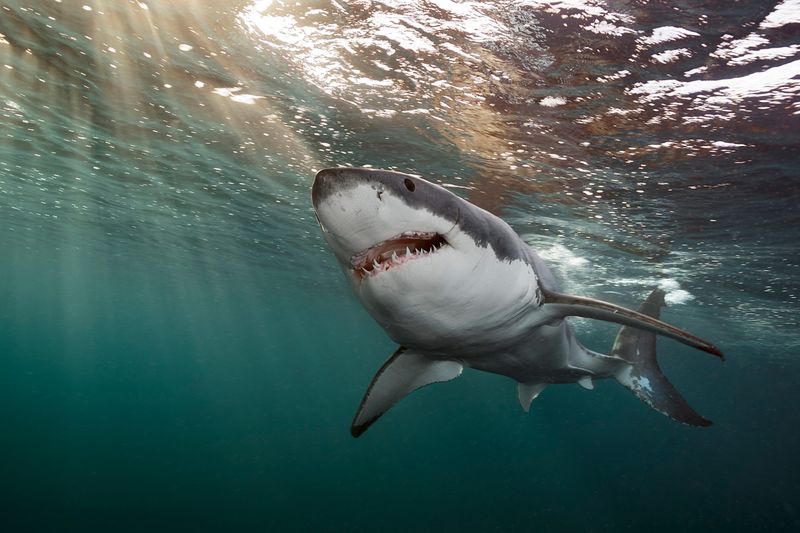
Sharks, the apex predators of the ocean, are often targeted for their fins and meat. However, they are loaded with mercury, making them a health risk if consumed regularly.
The slow reproductive rates of sharks add to their vulnerability, leading to declining populations. For those who enjoy shark meat, opting for alternatives like swordfish or barramundi can provide similar textures without the environmental and health concerns. Protecting these magnificent creatures is vital for maintaining ocean health.
12. Atlantic Cod
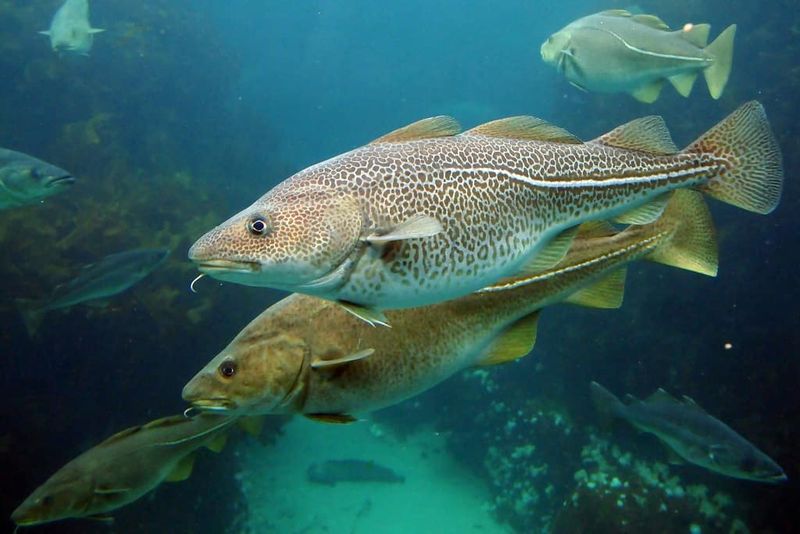
Atlantic cod, once a staple of the fishing industry, tells a cautionary tale of overfishing. Its stocks have significantly declined, and the recovery process continues.
While cod provides a delightful taste and flaky texture, sourcing it from sustainably managed fisheries is crucial. Exploring other white fish varieties can offer similar culinary enjoyment while supporting responsible fishing practices. Maintaining balance in ocean ecosystems requires cautious consumption of this beloved fish.
13. Imported Shrimp

Imported shrimp, although not a fish, is a major player in the seafood market. Often farmed in unregulated environments, these shrimp can be linked to antibiotics, chemicals, and even labor abuses.
The lack of oversight in farming practices raises concerns about the quality and safety of imported shrimp. Seeking out sustainably farmed or wild-caught shrimp from reputable sources can mitigate these risks while ensuring a delicious and responsible dining experience.
14. Grouper
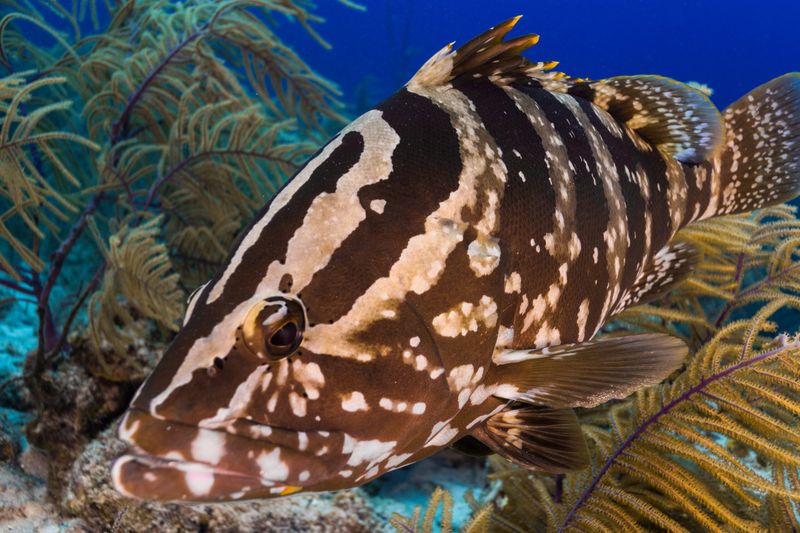
Grouper, with its hearty flavor and appealing texture, is a popular choice for many seafood dishes. However, this fish is often high in mercury, posing health risks to consumers.
Seafood fraud is another issue with grouper, as it’s frequently mislabeled in markets. Opting for fish from trustworthy suppliers can prevent both health risks and fraud. Enjoying a meal with peace of mind is possible by choosing alternatives with similar taste profiles and lower mercury levels.
15. Skate
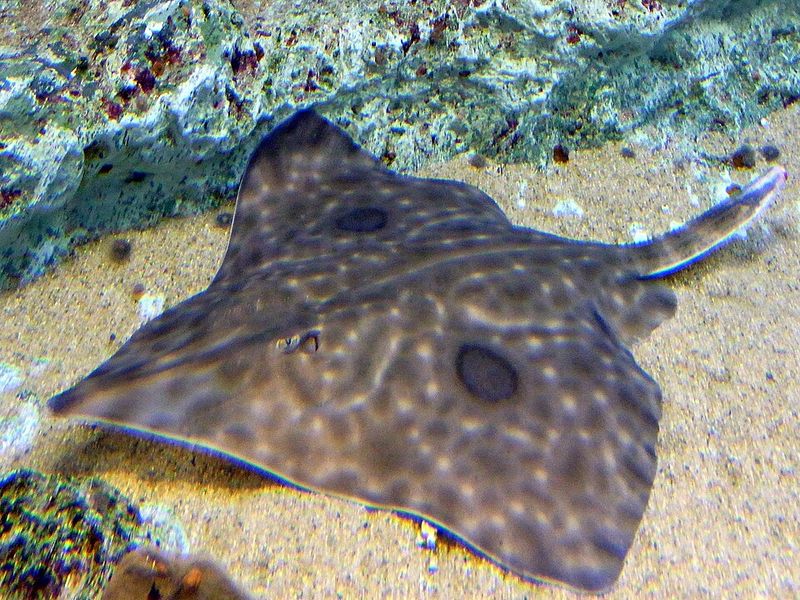
Skate, a relative of the stingray, is enjoyed for its mild taste and unique texture. Yet, declining populations due to overfishing and bycatch make it a questionable choice.
The preparation of skate can be tricky, adding another layer of complexity to its consumption. Exploring other sustainable seafood options can provide similar culinary experiences while contributing to marine conservation. Making informed choices helps protect our oceans for future generations.
